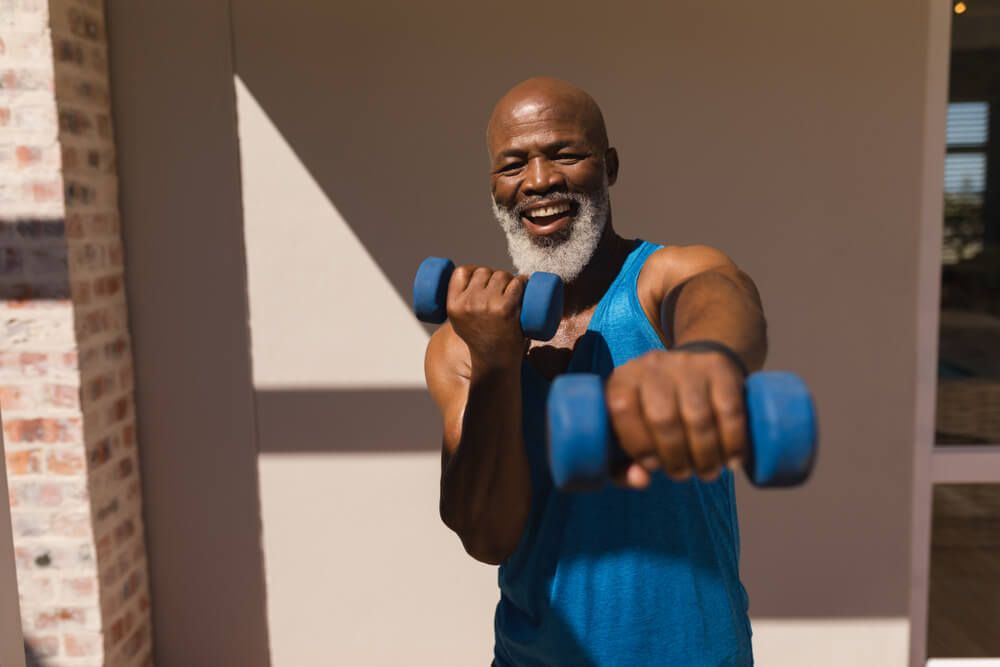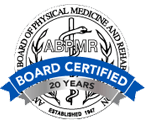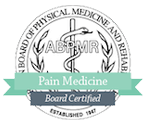At some point in their lives, the great majority of adults will suffer from significant low back pain, usually from an injury at work, at home or at play. Orthopedists, chiropractors, physical therapists, coaches and trainers all have helpful advice regarding back pain prevention. By following their directives, people can minimize the possibility of back injury, and keep themselves healthier in the process.
Lifestyle changes for Back Pain Prevention
Maintaining a healthy lifestyle can go a long way in preventing acute injuries or chronic back pain. Taking the following steps can help maintain strength, balance and flexibility, and promote rapid healing if an injury occurs:
- Exercise regularly for strength and conditioning
- Eat a nutritious diet
- Maintain a healthy weight
- Do not smoke
- Do not drink alcohol to excess
- Do not abuse drugs
Following these directives helps to keep muscles well-toned and bones at optimal density. It also prevents excess weight from putting undue strain on muscles and spinal discs.
It is essential to also pay attention to emotional health; depression, anxiety and psychic stress can make people prone to injury, slow to recover and overly sensitive to pain.
Posture and ergonomics for Back Pain Prevention
Learning proper posture and using ergonomic furniture/equipment are also important in preventing back pain. It is beneficial to learn appropriate ways to stand, sit, bend, lift and turn, so as not to compromise spinal health. Using assistive devices when necessary for reaching or lifting is recommended, preventing physical stress that can result in injury or long-term damage.
Becoming aware of the initial signs of pain can help trace its origins. Noticing that pain occurs after sitting in a particular chair, wearing particular shoes, performing a particular task, or reaching for something in a certain way, can be of diagnostic significance. It should also be a warning that a pattern of movement or behavior should be changed.
In some cases, replacing furniture or equipment with more ergonomically designed pieces may be necessary. It may also be possible to find a more convenient, less expensive solution to a problem by supplementing a chair or car seat with a supportive back cushion, or getting orthotics for one’s shoes.
Although being proactive will not prevent all back injuries, it can lessen their frequency and severity, and reduce the need for medication or medical consultations.




